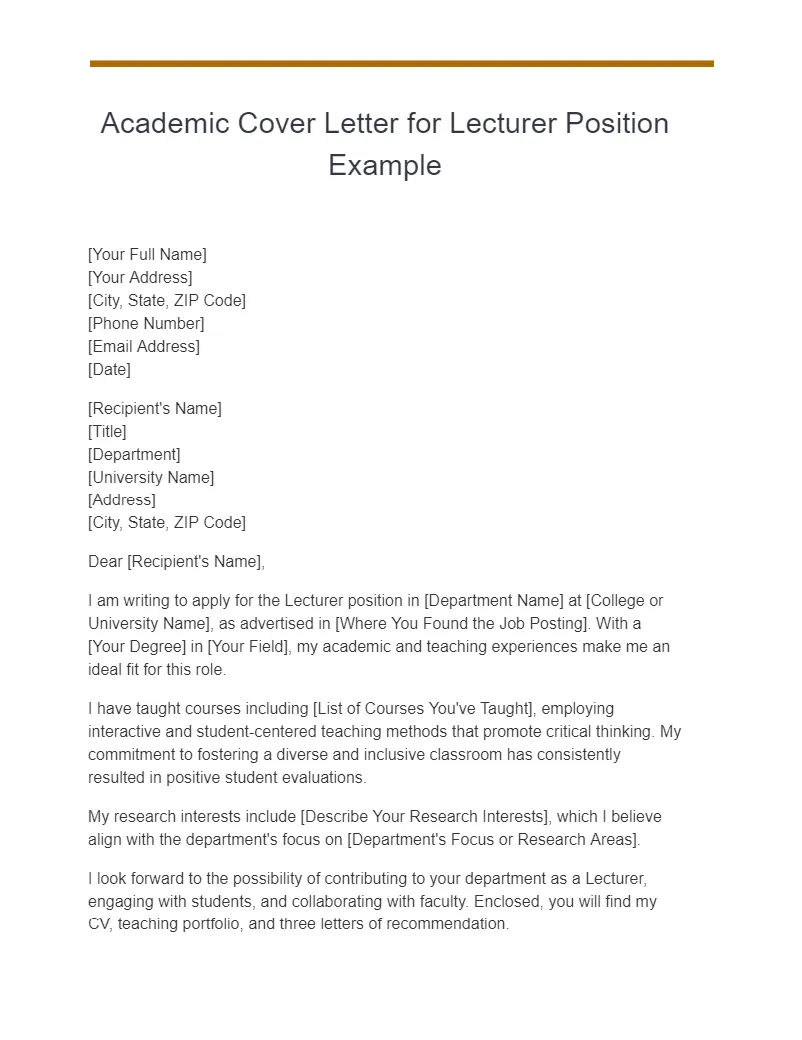Crafting a Compelling Cover Letter
An academic cover letter is your initial opportunity to create a strong impression on a search committee, setting the stage for your application. It goes beyond a simple summary, providing a space to share your story, outline your research interests, and demonstrate how your qualifications align with the role. This article serves as a guide, offering a sample structure, alongside actionable tips to help you stand out. We’ll explore every aspect, from understanding the academic environment to showcasing your achievements and tailoring your letter. Mastering the academic cover letter is crucial for landing your ideal job.
Understanding the Academic Landscape
Prior to writing, grasp the expectations of your academic field and the institution you’re applying to. Different disciplines vary in cover letter length, style, and content. Researching the department, its faculty, and current projects provides insight into their priorities. This information helps you show genuine interest. Identify key research areas, teaching philosophies, and institutional culture to highlight how you’re a good fit. A well-researched letter shows you’re serious and that your skills align with the department’s mission.
Researching the Institution and Role
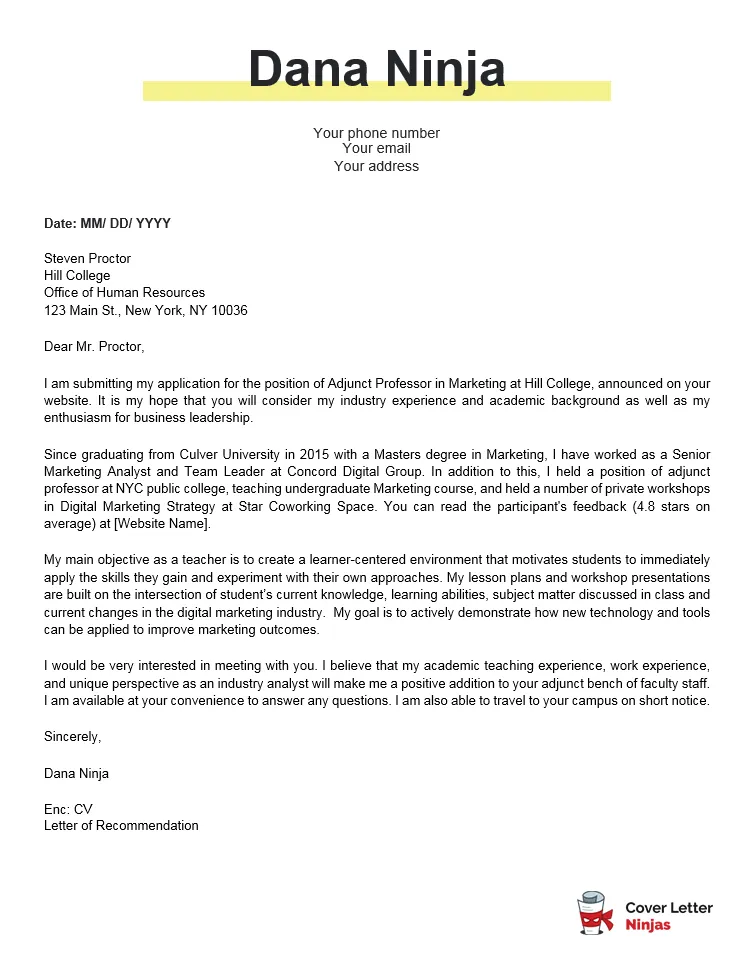
Thoroughly research the institution and the specific role. Visit the university’s website, departmental pages, and faculty profiles to gain a deeper understanding of their values, research focus, and teaching needs. Pay close attention to the job description and identify key requirements and expectations. Customize your cover letter to directly address these criteria. Mention faculty members whose research aligns with yours and demonstrate how your skills would contribute to the department’s goals. Show that you understand the institution’s mission and how your contributions will benefit their academic goals. This detailed research shows you’re interested and have invested time in the position.
Highlighting Your Achievements
Your cover letter is an opportunity to spotlight your most significant achievements. Prioritize experiences most relevant to the position and quantify your accomplishments. Use compelling language to showcase research contributions, teaching effectiveness, and other relevant skills. Avoid repeating resume information; instead, explain their significance. Provide concrete examples of successes and illustrate how your skills align with the job’s requirements. Highlight awards, grants, or publications, and explain their impact on your field.
Showcasing Your Research Experience
Your research experience is a critical component. Clearly articulate your interests, methodologies, and findings. Describe your contributions, and explain how your work advances knowledge. Highlight publications, presentations, and grants, with their impact. Show your ability to conduct independent research, collaborate, and communicate your findings. Mention relevant skills and demonstrate their application. Connect your research to the department’s priorities and show how you will contribute, proving you are a valuable asset.
Quantifying Your Accomplishments
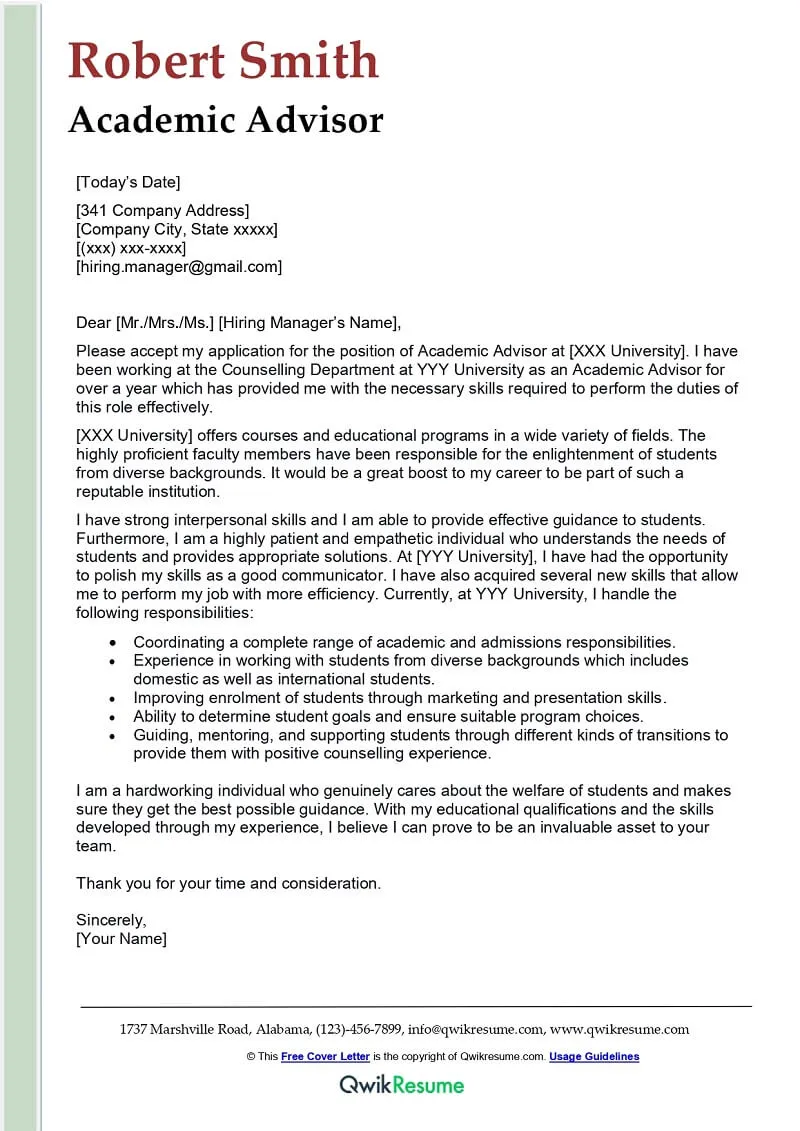
Quantify achievements whenever possible. Instead of “extensive experience,” state the years worked. Instead of “published papers,” specify the number and impact, like citations. Quantify teaching by specifying courses taught, class sizes, and positive student feedback. Providing measurable results makes your claims credible. Mention the percentage increase in student engagement or the number of successful grant applications. Quantification adds weight to your claims, illustrating your effectiveness.
Demonstrating Your Teaching Skills
Teaching is a key academic responsibility; thus, highlight your teaching skills. Describe your philosophy and how it aligns with the department’s values. Provide examples of courses taught, engagement methods, and teaching outcomes. Mention teaching awards or positive student evaluations. If teaching experience is limited, focus on relevant skills like mentoring or presentations. Emphasize your ability to create a stimulating learning environment and support student success. Describe how you cater to diverse learners and promote inclusive practices. Offer course materials if available.
Structuring Your Cover Letter
A well-structured letter demonstrates strong communication skills. Begin with an engaging opening that states your interest in the position. Organize the body into logical sections, highlighting your qualifications and the job requirements. Use clear, concise language, avoiding jargon. End with a closing paragraph that reiterates your interest and thanks the committee. Proofread meticulously to eliminate errors. Use professional formatting, such as a standard font and consistent spacing.
Formatting and Style Guidelines
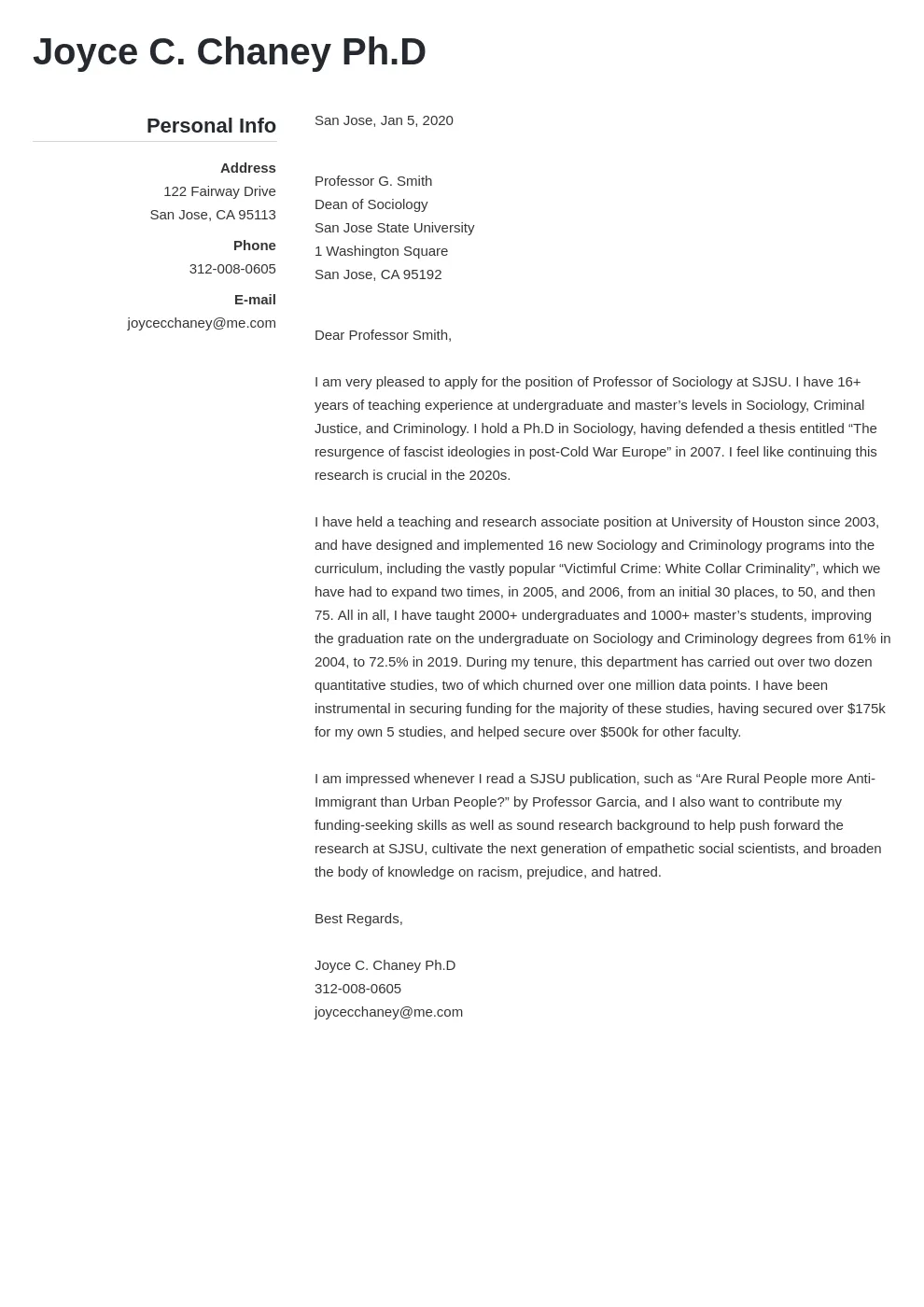
Adhere to professional formatting for readability. Use a standard font like Times New Roman or Arial, with a 11- or 12-point size. Maintain consistent one-inch margins. Use single spacing within paragraphs and double spacing between paragraphs. Use clear headings and subheadings. Keep paragraphs concise, aiming for three to five sentences. Use bullet points for listing skills or accomplishments. Avoid excessive bolding or italics. Your letter should appear clean and professional.
The Importance of Proofreading
Proofreading is crucial. Errors can undermine credibility. Before submission, proofread for all errors. Read it aloud. Have a colleague review your letter to provide a fresh perspective. The committee will notice mistakes, so your letter must be flawless. Errors can give the impression of carelessness, potentially leading to rejection. Proofreading displays commitment to excellence and professionalism.
Tailoring Your Letter for Each Application
Do not use the same cover letter for every application. Customize each letter. Generic letters will be easily identified, and may lead to rejection. Review each job description and identify key requirements and qualifications. Highlight the most relevant skills and experiences. Show how your qualifications align with the department and institution’s needs. Mentioning faculty and their research demonstrates your research and effort. Customize content to directly address the job’s unique criteria.
Addressing Specific Requirements
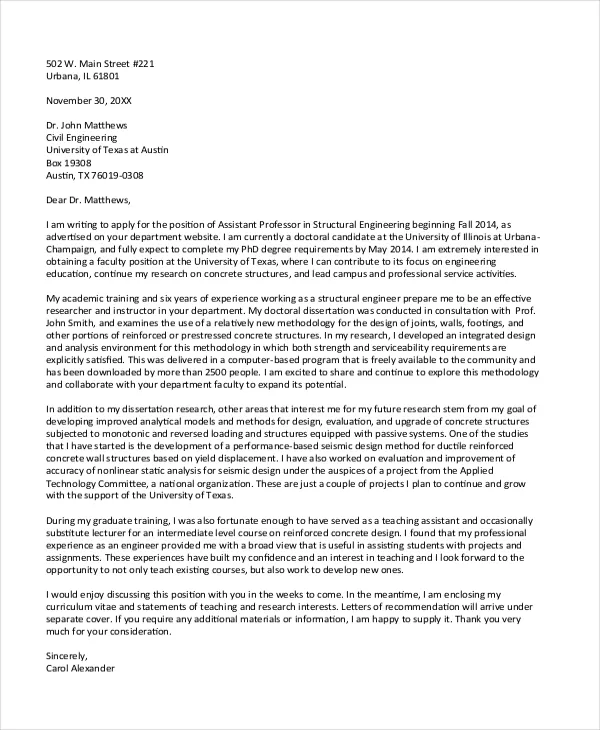
Review the job description for specific instructions on format, length, or content. Address each requirement explicitly. If the posting asks for examples, provide them. Following instructions is crucial. Show that you pay attention to details and can meet the job’s demands. Always follow the job description’s directions.
Keywords and Applicant Tracking Systems (ATS)
Many institutions use ATS to screen applications. Include relevant keywords from the job description. These systems scan for specific terms; only those meeting a threshold are passed on. Identify keywords, and integrate them naturally. While keywords are important, write your letter for humans. Make it clear, concise, and compelling about your qualifications.
In summary, an effective academic cover letter is essential for showcasing your qualifications. By understanding the academic field, emphasizing your achievements, structuring your letter effectively, and customizing it for each application, you’ll increase your chances of success. Remember to proofread carefully, incorporate relevant keywords, and highlight your potential. Good luck!
